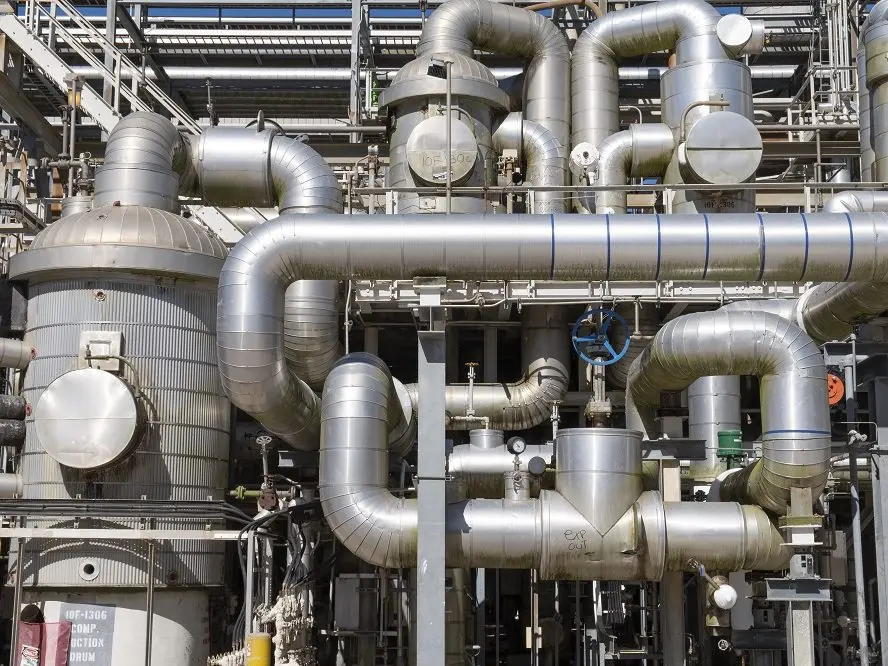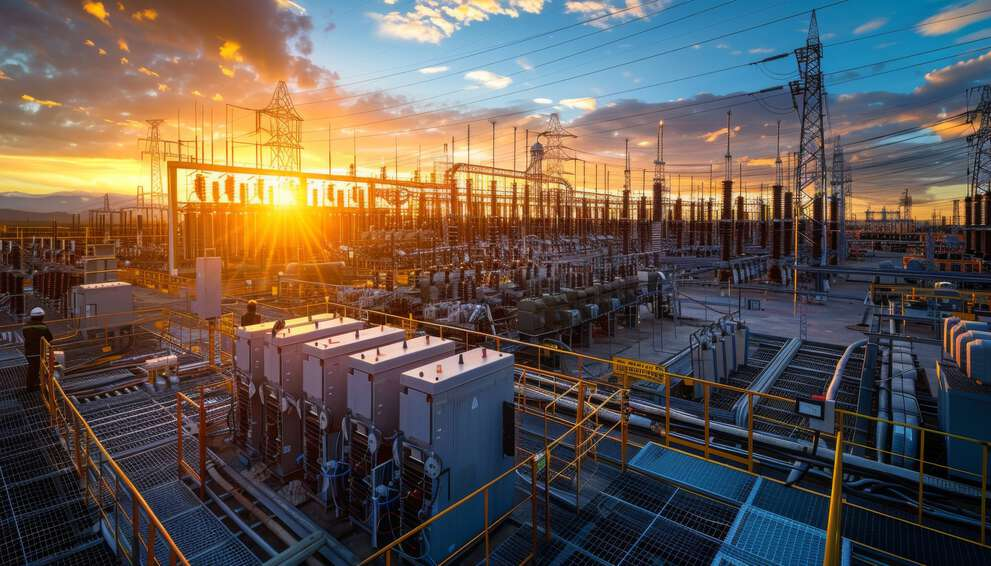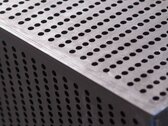Understanding Condenser Efficiency Calculation
In industrial processes, optimizing equipment for peak performance is crucial, and one area often overlooked is condenser efficiency. Understanding how to accurately calculate condenser efficiency is vital for ensuring these systems operate at their maximum potential. The condenser efficiency calculation involves determining how well a condenser transfers heat and converts vapor back into liquid. You might encounter terms like "condenser efficiency formula" or "thermal efficiency of condensers" which are integral to evaluating condenser performance metrics.
Methods to Calculate and Improve Condenser Efficiency
To calculate condenser efficiency, engineers use several approaches. The most common method involves analyzing heat transfer efficiency or using specific condenser performance metrics. Condenser efficiency is influenced by factors such as the design of the unit, the cooling medium, and the operational conditions. Innovations in design, such as the condensing unit efficiency of modern heat exchangers, have improved drastically with new technologies. However, understanding how to apply the condensing efficiency calculation methods can guide adjustments in existing systems to align with current efficiency expectations.
Furthermore, improving condenser efficiency often involves modifications to the system's physical and operational characteristics. By addressing areas like fouling, airflow distribution, and heat transfer surfaces, it's possible to boost the overall thermal efficiency of condensers. Combining these efforts with regular maintenance ensures sustained performance.
The Impact of Design and Material on Condenser Functionality
Introducing advanced designs, such as space-efficient heat exchangers, significantly impacts condenser functionality. These modern marvels of engineering reduce the volume required by 40% to 60%, integrating seamlessly into space-constrained factory environments. Utilizing high-grade materials such as 316L stainless steel, Hastelloy, or titanium enhances durability and performance under harsh conditions. The innovative structure, featuring spiral and corrugated plates, elevates the heat transfer coefficient, resulting in superior heat transfer efficiency.
These space-saving masterpieces are not only transformational due to their design but also because of their versatile applications across industries such as chemical manufacturing, pharmaceuticals, energy, and food processing. Their high thermal efficiency—achieving up to 95%—ensures they meet the rigorous demands of modern manufacturing processes. Additionally, with smart features like clog-resistant structures and expandable modules, these heat exchangers redefine what it means to be both efficient and sustainable.
Implementing these high-performance heat exchangers can drastically improve condenser functionality, ultimately resulting in greater operational efficiency and reduced maintenance costs. For industries eager to optimize processes and embrace sustainable practices, the improvements in condenser technology offer a promising avenue toward increased efficiency and longevity of equipment.






